9 Golden Rules of Safety on the Hiking Trail
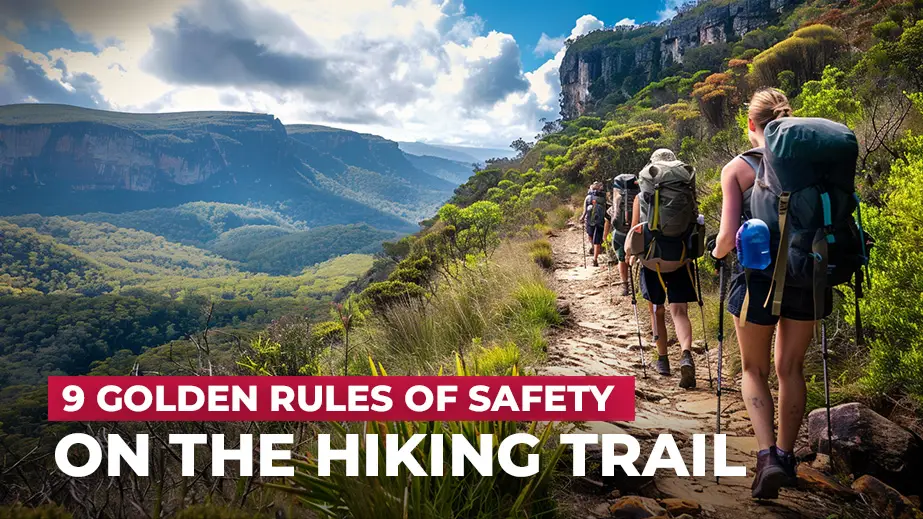

The Land Down Under is a hiker’s paradise. You needn’t travel very far to satiate your thirst for adventure; in many cases, it’ll be as easy as packing your gear, driving to the nearest natural reserve, and completing the trail itself.
Australia is already famous for its natural terrains and the diversity of its flora and fauna, so what better way to discover these than to take a hike through renowned trails like the Larapinta Trail in the West MacDonnell Range, the Scenic Rim Trail in South East Queensland, the Twelve Apostles Lodge Walk in Victoria, and the West Coast’s Cape to Cape Track?
But a hike is best enjoyed if everyone looks out for their safety and that of others. Even a hike planned by the most seasoned of outdoorsmen is not without risk, and all members of a hiking party are vulnerable to both minor inconveniences (such as scrapes, sunburn, and insect bites) and major perils (such as fractures, heat strokes, and anaphylactic shock).
Australia Wide First Aid teaches first aid for everyone, including those just preparing to venture out into the hiking trail. We believe that first aid techniques, alertness and sensitivity, sufficient preparation, and respect for the rules governing the trail are the key to a successful hiking expedition. And to that end, we’ve compiled a list of “golden rules” to uphold hiking safety and to ensure that your next hike will be a fun and fruitful activity. Read below for our tips on safety in the great outdoors.
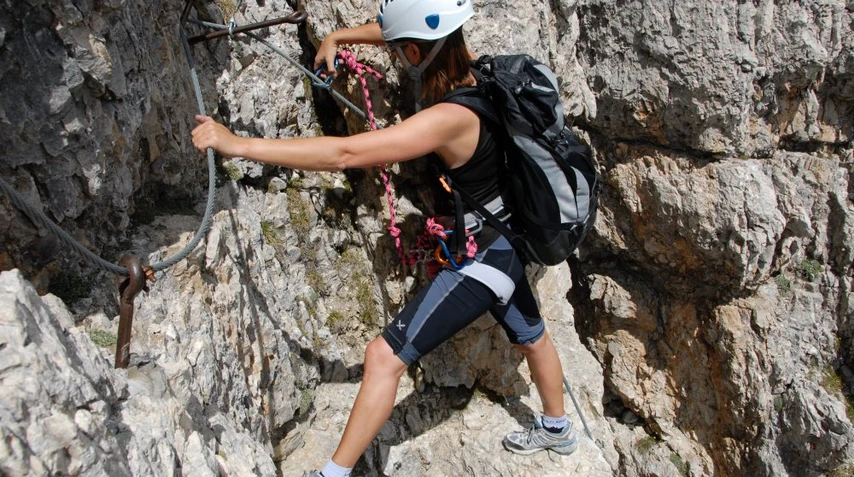
Hiking is a physically demanding activity, and you must remember that your body is susceptible to additional shock, strain, or fatigue when you’re on the trail. If your body is unprepared to endure the outdoors, you could suffer anything from severe cramps to a heart attack—in which case a first aid responder will need to intervene by applying CPR.
Note that cardiac arrest is one of the most significant causes of death in the outdoors. As such, you should only agree to go on a hike if you are cleared by the doctor and if you can trust your body to take you through the whole trail.
It’s best to be prepared for the worst, even if the worst doesn’t happen on this particular hike. Do the entire hiking party the favour of learning basic first aid and packing a portable emergency kit with bandages, ointments, antihistamines, painkillers, maintenance medication, and the like.
In case one of your party members suffers from a serious condition like an asthma attack or anaphylactic shock due to a venomous bite or sting, it would also help to learn how to administer treatment for asthma or anaphylaxis.
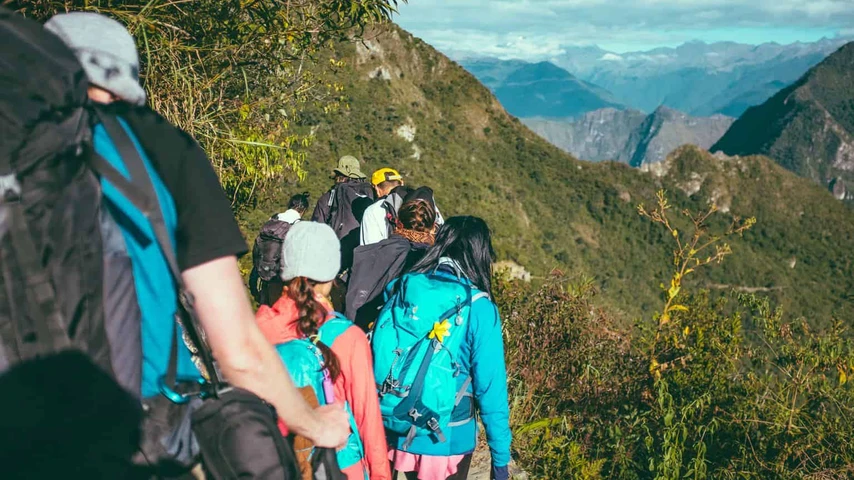
Bad weather can incite storms, flash floods, or other natural hazards—all of which pose additional dangers in the environment.
Be smart about your hike and schedule it outside of the erratic seasons; if the day’s forecast predicts a sudden shift in the weather, it’d be best to postpone your hike.
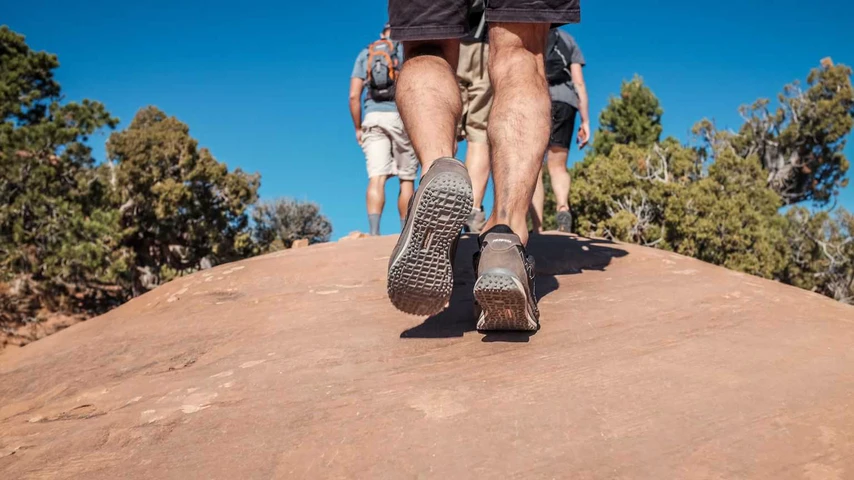
Once you agree to a hike in a particular natural reserve, you enter a tacit agreement to keep yourself safe, to respect the environment and its inhabitants, and to keep the trail in good condition for future hikers.
Learn the rules of your chosen trail beforehand; observe each decree to avoid penalties or, worse yet, disastrous events that are out of everyone’s control.
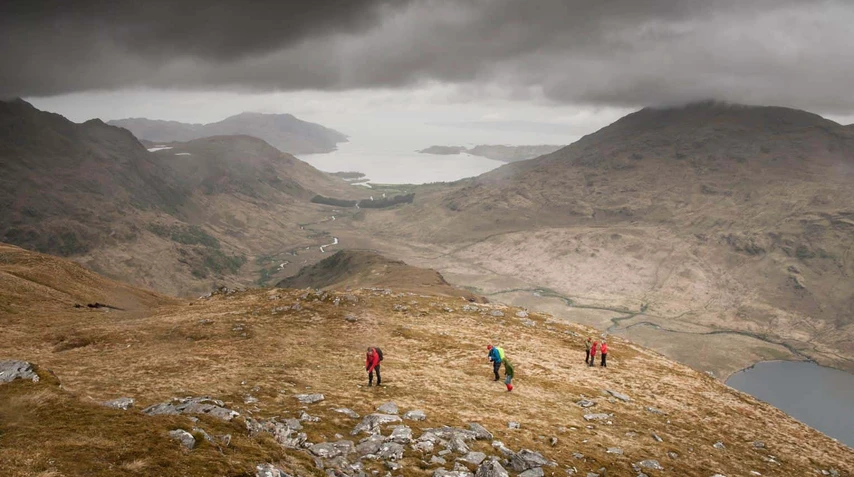
Even if you are already familiar with a trail and you feel that you could traverse it in your sleep, never go on a hike alone. While on the trail, do not stray more than a few steps out of your party’s line of vision.
If anything happens to you, it is the people in your company who will act as your first responders.

Navigating a hike is much less difficult than before with the advent of GPS and accessible mobile Internet.
It’s a great idea to use your mobile phone, tablet, or wearables to help you find your way. But in case you run out of battery, lose Internet connectivity, or suffer a device malfunction, it is good to keep a physical map of the trail and a compass handy.
Stock up on hiking gear that is of top-quality, multipurpose, easy to store, and light on your back. You will definitely not want your backpack, flashlight, or multi-tools giving up on you in the middle of nowhere.
If you’re not confident about roping, carving, or other skills needed for your hike, you can practisce beforehand in your home.
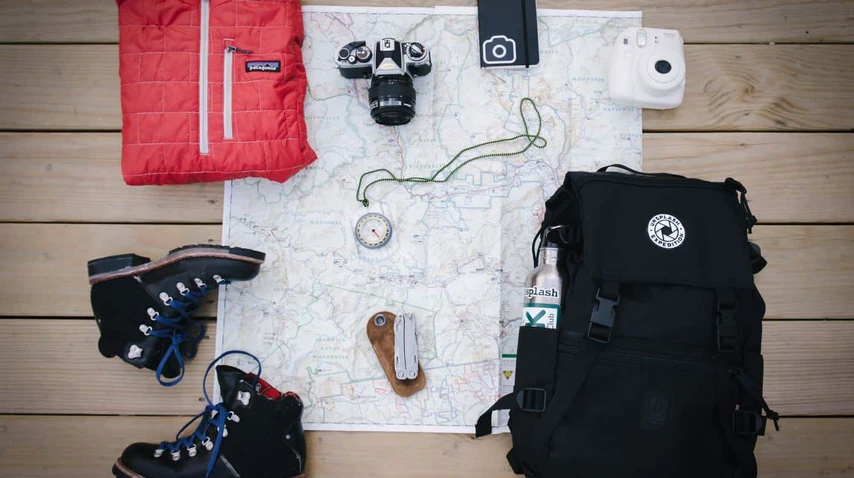
You might also want to invest in light, but sturdy clothing that will protect you from harsh weather, insect bites, and injury.
Pack a wide-brimmed hat that covers your neck and face area, a jacket to keep you warm and dry, trousers that can shield your legs from the trail’s surface matter, and hiking boots or sandals with good grips.
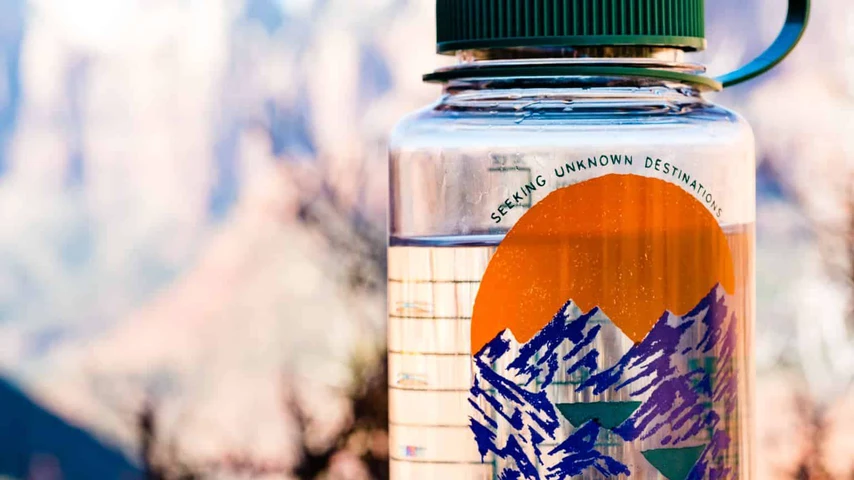
Stay both hydrated and energised throughout the hike by packing light snacks, transportable meals, and ample water supplies with you; these will prevent you from getting exhausted or fainting on the trail.
Good choices to take with you on your excursion are dried fruits and nuts, dried meat, sandwiches, power bars, granola, or hard-boiled eggs. Don’t forget as well to fill your water canteen to the brim.
Now you have your safety checklist for the trail, you’re all set for your next hiking adventure. Remember the old adage from John Muir—“take nothing but pictures, leave nothing but footprints, kill nothing but time” —and have a smashing trip!

October 1, 2024
Almost every job involves using the body to carry out some type of manual task. Some tasks may be hazardous, causing injuries such as musculoskeletal disorders (MSDs). Knowing how to manage them is a legal responsibility of all workplaces.

January 10, 2024
In Australia, workplace safety is a top priority, and First Aid plays a crucial role in ensuring the well-being of employees. Workplaces are expected to adhere to specific regulations and guidelines outlined by Safe Work Australia. How does your workplace stack up?
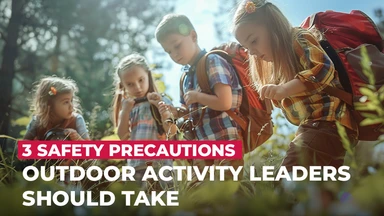
November 24, 2023
No matter how experienced you are as an outdoor activity leader, there are some things you should always do to keep your group safe. Nature can be unpredictable, and so it’s best to be prepared.